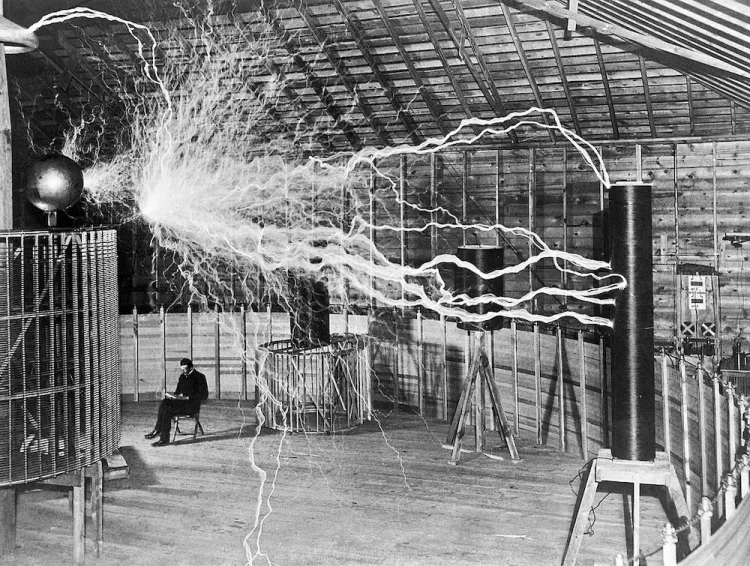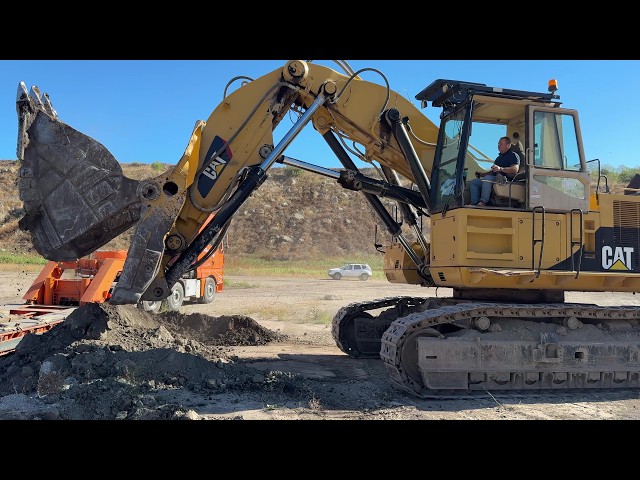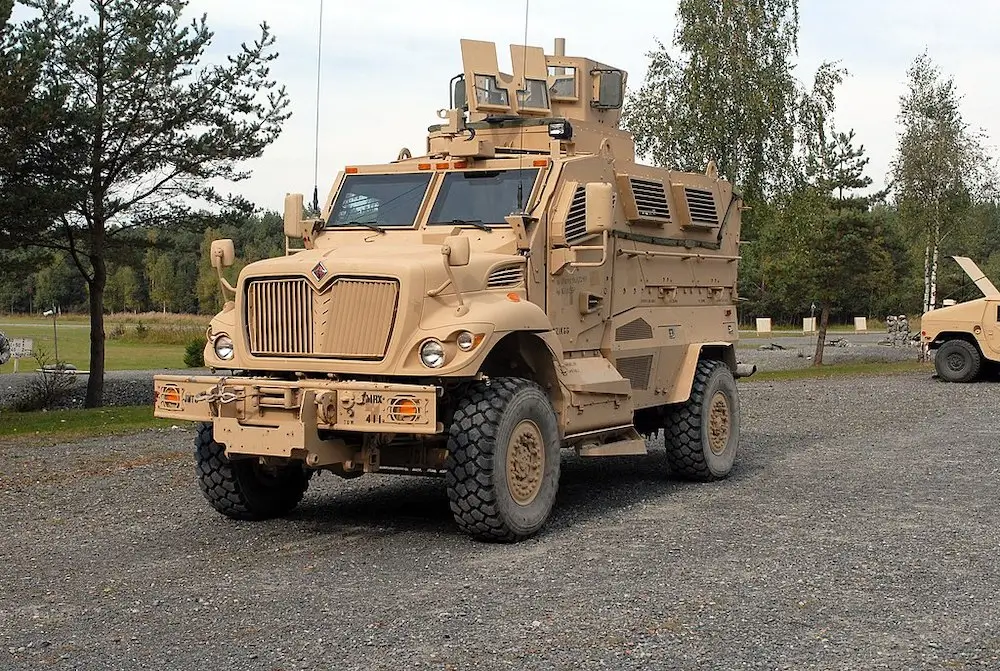Nikola Tesla, renowned for his pioneering work in electricity and electromagnetism, was not only a brilliant inventor but also a visionary who imagined technologies far ahead of his time. While Tesla is celebrated for his contributions to alternating current (AC) power systems, radio transmission, and numerous other innovations that have shaped the modern world, he also proposed several futuristic ideas that remain unrealized to this day.
One of Tesla’s most intriguing concepts was the “Earthquake Machine,” a steam-powered mechanical oscillator patented in 1893. Tesla claimed that while experimenting with this device in his New York laboratory, he inadvertently caused vibrations that resembled an earthquake, demonstrating its potential power. Despite Tesla’s vivid descriptions, this invention never progressed beyond the experimental stage.
Another visionary concept proposed by Tesla was the “Thought Camera.” Tesla believed that thoughts could be visually captured and displayed on a screen through a reflex action on an artificial retina. He theorized that every thought could be read and understood, envisioning a future where minds would be like open books. This idea foreshadowed modern brain-computer interface technologies, albeit still in nascent stages compared to Tesla’s ambitious vision.
Tesla’s fascination with wireless technology also extended to his concept of “Wireless Energy.” In 1901, backed by financier J.P. Morgan, Tesla began construction of the Wardenclyffe Tower on Long Island. Initially intended for wireless communication across the Atlantic, Tesla later aimed to adapt the tower for wireless energy transmission. Despite financial setbacks and technical challenges, Tesla’s pioneering efforts laid the groundwork for future developments in wireless power transmission, though his grand vision of illuminating cities wirelessly remained unrealized during his lifetime.
Beyond terrestrial innovations, Tesla explored concepts such as “Artificial Waves,” proposing the use of wireless telegraphy to create artificial tidal waves that could disable enemy fleets. His idea reflected his belief in using science to prevent wars, although the practicality and feasibility of such a concept remained speculative.
Tesla’s imagination even reached the skies with his concept of a “Supersonic Electric Aircraft.” In 1919, Tesla envisioned an aircraft capable of traveling at supersonic speeds, revolutionizing air travel with unprecedented efficiency and speed. This concept underscores Tesla’s forward-thinking approach to integrating electrical engineering principles with aerospace technology, anticipating future advancements in aviation.
Finally, Tesla’s controversial concept of the “Death Ray” exemplifies his belief in using technology defensively. Tesla described a powerful beam of energy capable of disabling enemy aircraft and thwarting military invasions. While Tesla’s “Death Ray” captured public imagination and was dubbed as such by the press, Tesla himself envisioned it as a defensive tool rather than an offensive weapon, highlighting his humanitarian intentions amid geopolitical tensions of his time.
In conclusion, Nikola Tesla’s futuristic visions were as revolutionary as they were visionary. While many of his ideas remain unrealized, they continue to inspire scientists, engineers, and inventors to explore new frontiers in technology. Tesla’s legacy extends beyond his tangible inventions, encompassing a realm of futuristic possibilities that challenge and inspire the imagination of future generations.
As we continue to push the boundaries of technological innovation, Tesla’s legacy serves as a reminder that the pursuit of visionary ideas can lead to transformative breakthroughs that shape the course of history.









